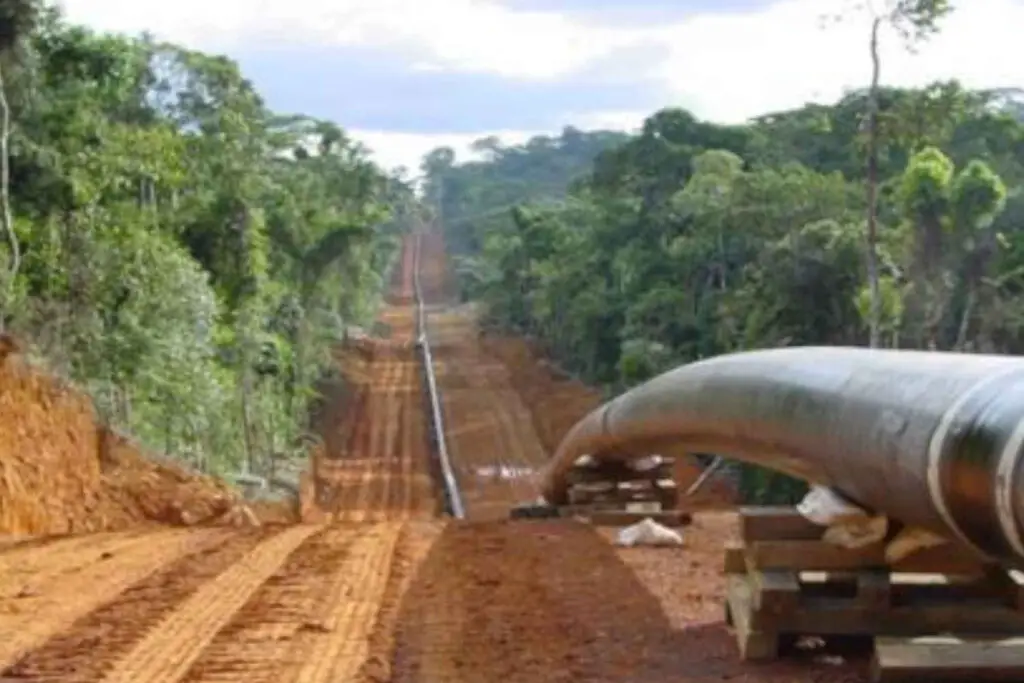- The EAC has announced investments in wind and solar energy infrastructure.
- Member states have launched various initiatives designed to catalyze and grow the use of renewable energies and energy conservation on the other.
- To achieve this ambitious green future, the bloc needs political will, regulation, and the creation of national renewable energy laws.
The East African Community (EAC) partner states are working to enhance energy efficiency in the bloc even as reports show some members are doubling down on projects improving the extraction of fossil fuels.
During the Ministerial Session of the 16th Sectoral Council of Energy held at the EAC Headquarters in Arusha, Tanzania, the six-member bloc announced investments in wind and solar energy infrastructure, driving the region closer to an era of green economy.
Although the investment amount was not specified, the ministers highlighted the goal of utilising wind, solar, and geothermal energy as sustainable sources for a green economic future.
EAC bloc targets energy efficiency systems
With these goals in place, the EAC partner states have launched various initiatives designed to catalyse and grow the use of renewable energy on one hand and energy conservation on the other.
To achieve this ambitious green future, the bloc needs political will, regulation, and the creation of national renewable energy laws. Most member states have already implemented energy management regulations national strategies, and set up standards for energy efficiency.
For example, Kenya has several wind and solar projects, while Burundi has large-scale, operational solar mini-grids nationwide. Rwanda and Tanzania also have solar energy projects, as does Uganda, which has directed solar as the solution for rural electrification.
The ministers also announced plans by the partner states to explore mini-hydro projects and transform biomass energy sources into large powerhouses.
Policymakers across the economies seek to increase renewable energy use and conserve energy, including enforcing sustainable charcoal production and other bioenergy strategies.
Chairperson Shaib Hassan Kaduara, the Minister of Water, Energy, and Minerals from the Revolutionary Government of Zanzibar (standing for the Republic of South Sudan, the current Chair), underscored the significance of the energy sector in achieving socio-economic development.
In his speech, he said, “Energy plays a critical role in industrial development and investment promotion, and therefore access to reliable, safe, and cost-effective energy is not optional but compulsory if our region is to realise its development objectives.”
Tanzania stood in place of the absent current Chair of the meeting, as the country had a huge energy announcement: the official launch of Tanzania’s Julius Nyerere Hydropower Plant scheduled for February 25th, 2024.
Tanzania’s renewable energy supply
The hydropower plant has a generation capacity of 2,115 Megawatts. It marks a major milestone that will bridge the energy deficit in Tanzania, the entire regional bloc, and beyond.
“Most people still rely on biomass, which is inefficiently utilised and degrades our environment,” commented the EAC Deputy Secretary-General in charge of Customs, Trade, and Monetary Affairs, Ms Annette Ssemuwemba.
“As a region, we must focus on sufficient, reliable, and cost-effective energy to meet our development needs. In this regard, there is a need to come up with recommendations for solutions that will guide the sector,” she noted.
However, despite this visionary clause, the region remains behind in energy output. It is hoped that following this meeting, the Ministers will push for a more tangible political commitment to increase energy output and invest in renewables.
Read also: Kenya’s Electricity Imports from Ethiopia, Uganda Double to 706.9 million kWh
EAC members still pursuing fossil fuel sources
At the high-rank EAC ministers’ meeting, it was also highlighted that the EAC member states may be pursuing a green future but have not altogether forsaken fossil fuels.
To promote petroleum exploration and development in the region, the Sectoral Council of the EAC has approved the 11th East African Petroleum Conference and Exhibition 2025 (EAPCE’25), scheduled to be held from 5-7 March next year in Tanzania.
“Notable progress includes Kenya’s commercial oil discovery in the South Lokichar basin within the Tertiary rift basin, with an estimated 2.9 billion barrels and a recoverable estimate of 585 million barrels,” reads the EAC report.
Just across the border in Tanzania, the country is preparing to launch its 5th licensing round of oil and natural gas exploration blocks onshore and offshore.
Then, in Uganda, there are even larger, ambitious petroleum plans with the near completion of the East African Crude Oil Pipeline (EACOP) project. Installation will begin this May 2024, according to the media communique.
The region has a total power supply installed capacity of 7,381.67 Megawatts, a considerable surplus for a region with a demand of only 4,811.2 Megawatts.
Ironically, several countries in the bloc, including Tanzania, the meeting host country, are facing load shedding and causing massive blackouts.
It is no secret the distance between power potential and actual implementation remains huge. To address this, the EAC ministers acknowledged that challenges in electricity supply persist, and they blamed it on vandalism of electricity infrastructure.
“To combat this issue, partner states have committed to implementing mitigation measures such as copper-plated earth rods, regulating scrap metal transactions, and community sensitisation.”
Read also: Will charcoal ban stop Tanzania’s appetite for firewood?











